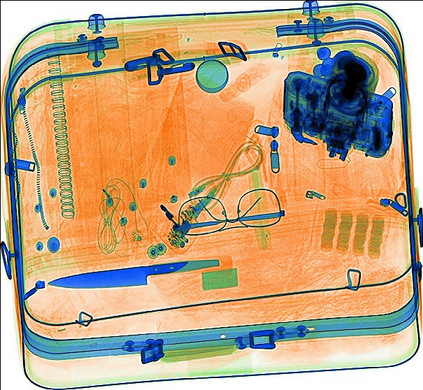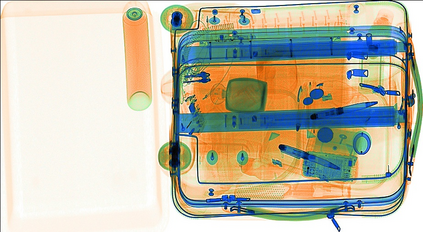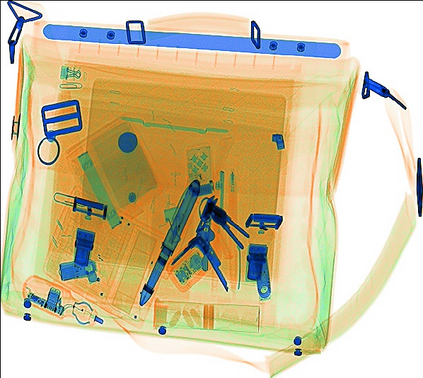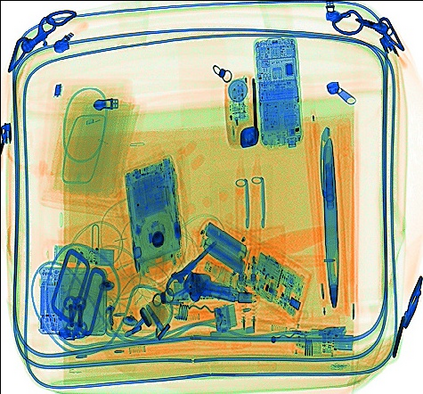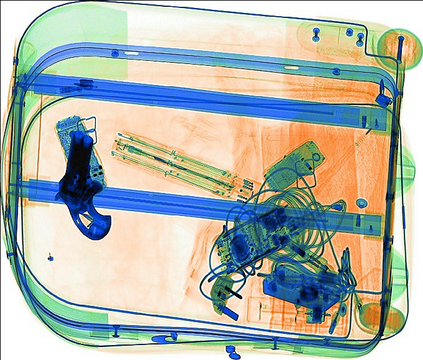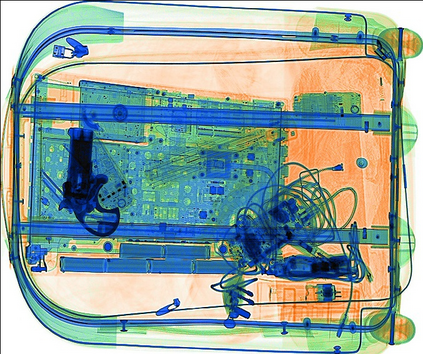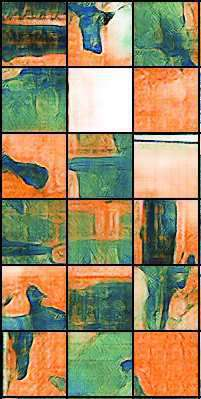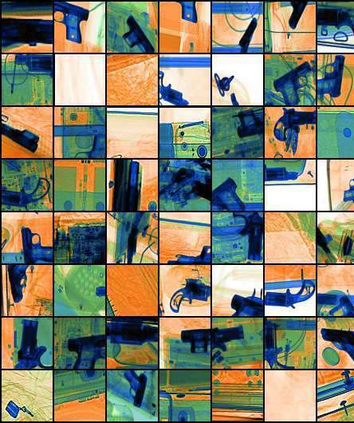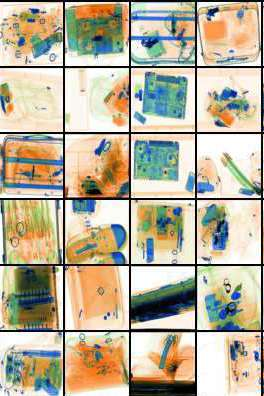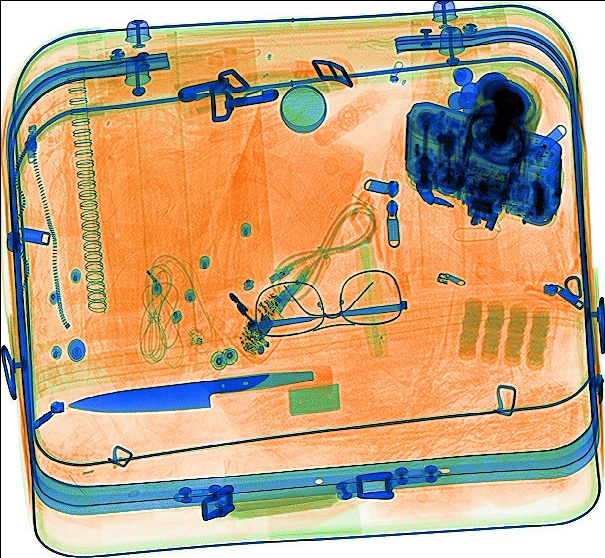Anomaly detection is a classical problem in computer vision, namely the determination of the normal from the abnormal when datasets are highly biased towards one class (normal) due to the insufficient sample size of the other class (abnormal). While this can be addressed as a supervised learning problem, a significantly more challenging problem is that of detecting the unknown/unseen anomaly case that takes us instead into the space of a one-class, semi-supervised learning paradigm. We introduce such a novel anomaly detection model, by using a conditional generative adversarial network that jointly learns the generation of high-dimensional image space and the inference of latent space. Employing encoder-decoder-encoder sub-networks in the generator network enables the model to map the input image to a lower dimension vector, which is then used to reconstruct the generated output image. The use of the additional encoder network maps this generated image to its latent representation. Minimizing the distance between these images and the latent vectors during training aids in learning the data distribution for the normal samples. As a result, a larger distance metric from this learned data distribution at inference time is indicative of an outlier from that distribution - an anomaly. Experimentation over several benchmark datasets, from varying domains, shows the model efficacy and superiority over previous state-of-the-art approaches.
翻译:异常检测是计算机视觉中一个典型的问题,即,由于其他类(异常)的样本规模不足,在数据集高度偏向于某类(正常)的情况下,从异常中确定正常是正常的(正常),因为其他类(异常)的样本规模不足。虽然这可以作为一个受监督的学习问题加以解决,但一个更具有挑战性的问题是,发现未知/不见异常案例,将我们带入单级、半监督的半观察学习范式的空间。我们引入了这样一个新的异常检测模型。我们引入了这样一个新型异常检测模型,方法是使用一个有条件的基因化对抗网络,共同学习高维图像空间的生成和潜在空间的推断。在发电机网络中使用了编码器-脱coder-编码器-编码分解器子子网络子网络,使该模型能够将输入图像映射到一个较低维度矢量的矢量,然后用于重建生成的输出图像。使用额外的编码网络将这种生成的图像映射到其潜值代表度。我们在学习正常样品数据分布过程中,最大限度地缩小这些图像和潜载量之间的距离。作为结果,从这一模型中较远的距离的参数,从这一模型中,从若干次的模型数据分布,从恒度上,从前的变的基点上显示一个比值外显示的图像。

